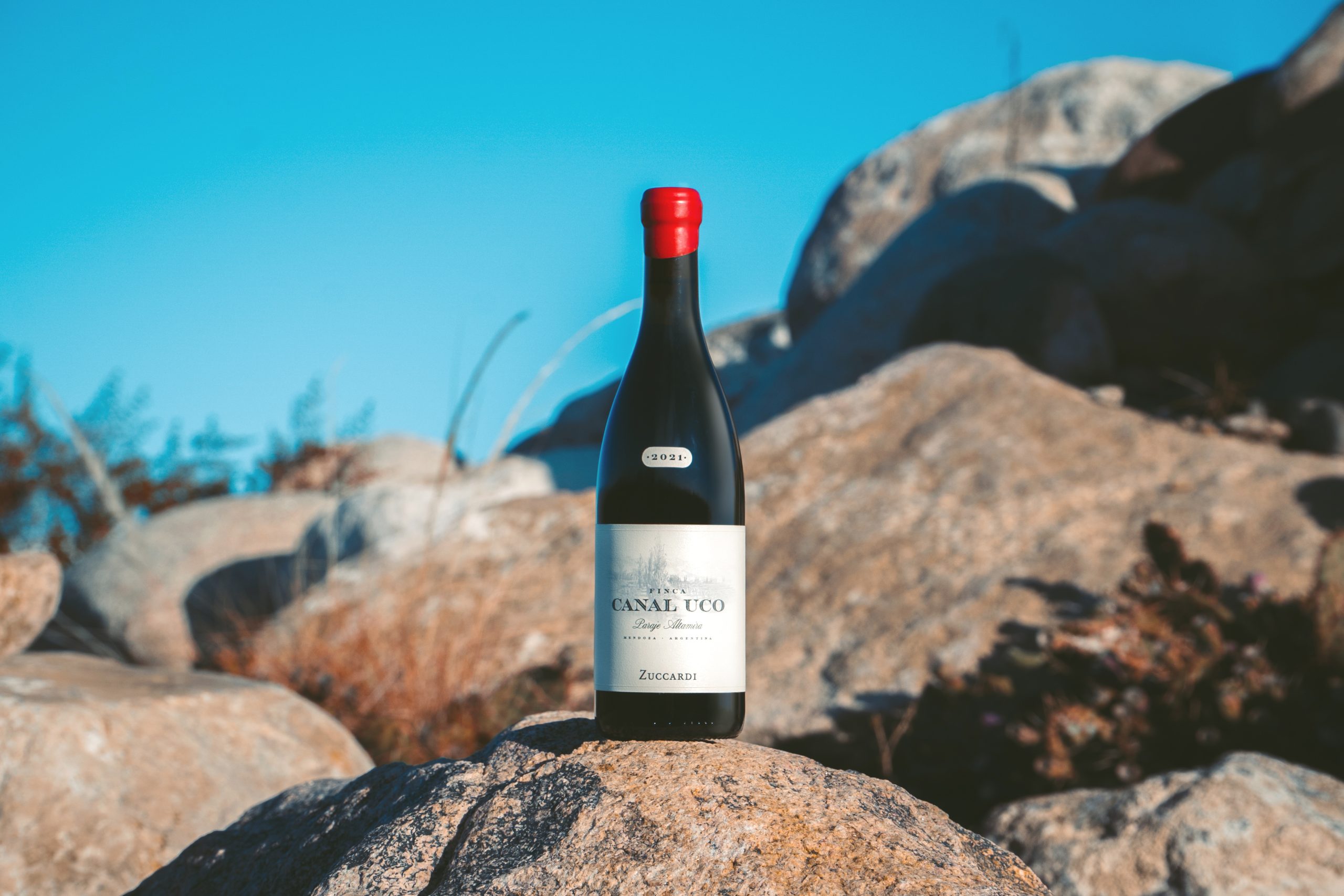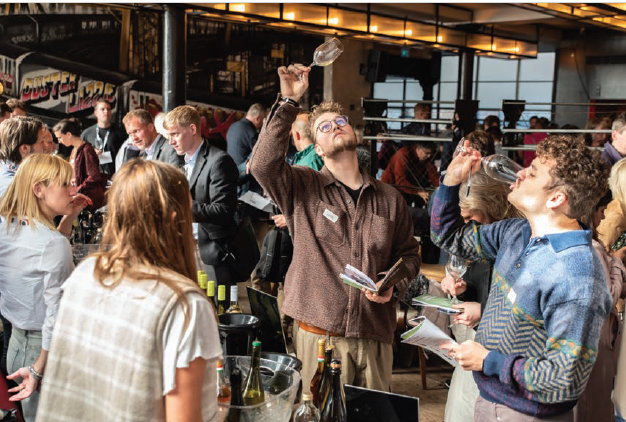Portugal’s Douro Valley in pictures
The Douro Valley is not only a stunningly beautiful viticultural region, but one which could be on the cusp of “something special”, according to its winemakers.
Having built its reputation on Port, the region is now making strides to promote its DOC still wines made from indigenous grapes such as Touriga Nacional, Rabigato, Tinta Barroca, Tinta Cão and Tinta Roriz (also known as Tempranillo).
The challenge, it seems, lies in communicating the positive qualities of such ‘lesser-known’ grapes to a market which can blindly favour established favourites such as Sauvignon Blanc or Chardonnay. But for those keen to explore something new, the Douro is undoubtedly an excellent place to start.
NB: I travelled to the Douro Valley with Discover the Origin, a campaign financed with aid from the EU, France Italy and Portugal, that celebrates and protects the heritage of five fine food and wines; Douro Wines, Port, Bourgogne Wines, Parma Ham and Parmigiano Reggiano Cheese.
We began our journey in the beautiful town of Oporto where we were invited to visit the IVDP (Instituto dos Vinhos do Douro e Porto), the body responsible for monitoring and approving all of the region’s Ports and wines for release.
We were taken on a tour of the facility’s laboratory and tasting chamber where samples of every producer’s wines and Ports are taken through rigorous tests to determine their quality. The number of wines rejected have dropped significantly in the last 10 years, we were told by Bento Amaral, head of the IVDP’s tasting chamber and laboratory, indicating a rise in the quality of Ports and wines produced in the region.
From Oporto we made our way into the breathtaking Douro Valley – a mountainous region criss-crossed by hectare upon hectare of steeply planted vines against the impressive backdrop of the Douro river.
Our first stop was Quinta do Crasto which enjoys a prime location perched high in the hills overlooking the Douro. Our host, winemaker Manuel Lobo de Vasconcellos, proudly showed us around the winery and vineyard which includes Vinha Maria Teresa – vineyard boasting 47 varieties of grapes which are more than 107 years old. Classified as a grade A Quinta, the winery is known for producing top quality ports and is increasingly growing its portfolio of Crasto DOC Douro wines.
The estate, located on the right bank of the Douro River, between Régua and Pinhão, covers a total of 130 hectares, 70 of which is planted with mostly ‘field blend’ vineyards, which means it can include a mixture of any number of grape varieties. This, Manuel believes, is what makes the Douro unique combining indigenous varieties with mountainous terroirs.
It is also the home to one of the Douro’s most spectacular swimming pools. Designed by the Portuguese architect Eduardo Souto Moura, its image has drawn many a wine lover to Crasto tempted by its stunning views.
Sadly the sun soon set on our time at Crasto, and we were whisked away to our next stop….
….by boat! Winding our way up the river, basking in the Portuguese sun, we eventually reached the town of Pinhão.
From there it was a short hop to Vale De Mendiz – the home of Wines and Soul – a producer of Port and still wines overseen by husband and wife winemakers Jorge Serôdio Borges and Sandra Tavares da Silva.
I couldn’t resist snapping a shot of this pretty blossom tree which line the streets of this hillside village.
Sandra Tavares da Silva wasted no time in whisking us up the steep mountainside roads in her much-needed four wheel drive to the couple’s Pintas vineyard which covers three hectares. The couple also manage Quinta da Manoella, a vineyard previously owned by Jorge’s father, whose grapes contribute to the production of Wine and Soul’s still wines.
Pintas, like many vineyards in Portugal, is a field blend which means even the winemakers cannot be sure of the precise blend of grapes in the final wine. Sandra said this is what she believes makes the region unique. So confident are the couple in the centuries old method, that while some new plantations are being planted by single variety, Sandra and Jorge are set to replant a field blend at their nearby Quinta da Manoella.
Spectacular views such as this are typical in the day to day life of a Douro winemaker.
Partner Content
We later we enjoyed a tasting at Quinta do Passadouro, where Jorge is also the winemaker, where we were able to sample range of Douro wines and Ports in the stunning surrounding’s of the Quinta’s hillside garden oasis.
Not a bad way to spend a Tuesday afternoon, I think you will agree.
Lunch afforded our group the time to chat wine while tucking into a feast of smoked salmon and beetroot, beef stew, rice and salad over a number of wines including the 2011 Pintas vintage Port, 2011 Quinta do Passadouro and this particularly enjoyable Passadouro Tawny Reserva paired with a wildflower chocolate dessert.
No Portuguese lunch would be complete without a cheese platter, which for us was accompanied by a 10-year-old Tawny Port from Wine and Soul.
Our next stop was the family-owned Quinta de la Rosa positioned on the edge of the Douro river, which has recently invested in a new winery boasting four temperature controlled granite lagares, six 10,000 litres temperature controlled fermentation tanks and an automated basket press.
The lovely Sophia Bergqvist, who runs the estate with the help of her family and winemaker Jorge Moreira, took us through a number of its wines and Ports from its new tasting room boasting panoramic views of the river.
We couldn’t help raise a smile at this precariously positioned statue of Icarus in Quinta de la Rosa’s private terrace, who flew too close to the sun…
We were enjoying our time at Quinta de la Rosa so much that, when we came dangerously close to missing our train, Sophia gallantly stepped in to deliver us to our next destination in style – by speedboat.
Speeding up the Douro river, we safely arrived at the Symington Family’s Quinta dos Malvedos – known for its production of Graham’s Port, just one of the family’s famed Port brands.
Joao Vasconcelos, the family’s market manager, took us on a tour of the family’s flagship winery and vineyard, which produces its popular Graham’s brand. In contrast to some vineyards previously visited, Quinta dos Malvedos cultivates single variety vineyards and is now almost exclusively using robotic lagares, rather than traditional foot treading, to press its grapes.
Situated in the upper parts of the Cima Corgo the centrepiece of Malvedos is its colonial house boasting a private riverside terrace set in front of its sprawling vineyards. Malvedos is not only known for producing some of the best, and most commercially popular vintage ports, but for being the Quinta at which former UK Prime Minister, John Major, once holidayed.
During a dinner at the stately Quinta, we were treated to a tasting of some of the Symington Family’s flagship Port brand vintages from Dow’s, Warre’s and Six Grapes, to its newly expanding Altano Douro wine range. A highlight was the tasting of a 1969 Colheita and a Graham’s 1985 vintage.
Leaving Malvedos by train, we arrived at Quevedo, our last stop, where we were greeted by the friendly face of Oscar Quevedo, director of Quevedo. Having taken us on a tour of its vineyards, located in the Douro Superiore, it was on to taste some of the estate’s Ports.
The family winery is located in S. João da Pesqueira, overseen by Oscar’s sister and winemaker, Cláudia Quevedo. We were treated to tasting of six of the winery’s Ports including vintages from 1992 to 2011, including a delicious white Port. When asked about this year’s vintage, Oscar cautiously said it could be even better than the now universally revered 2011 vintage, if the conditions remain in their favour.
Time will tell…




